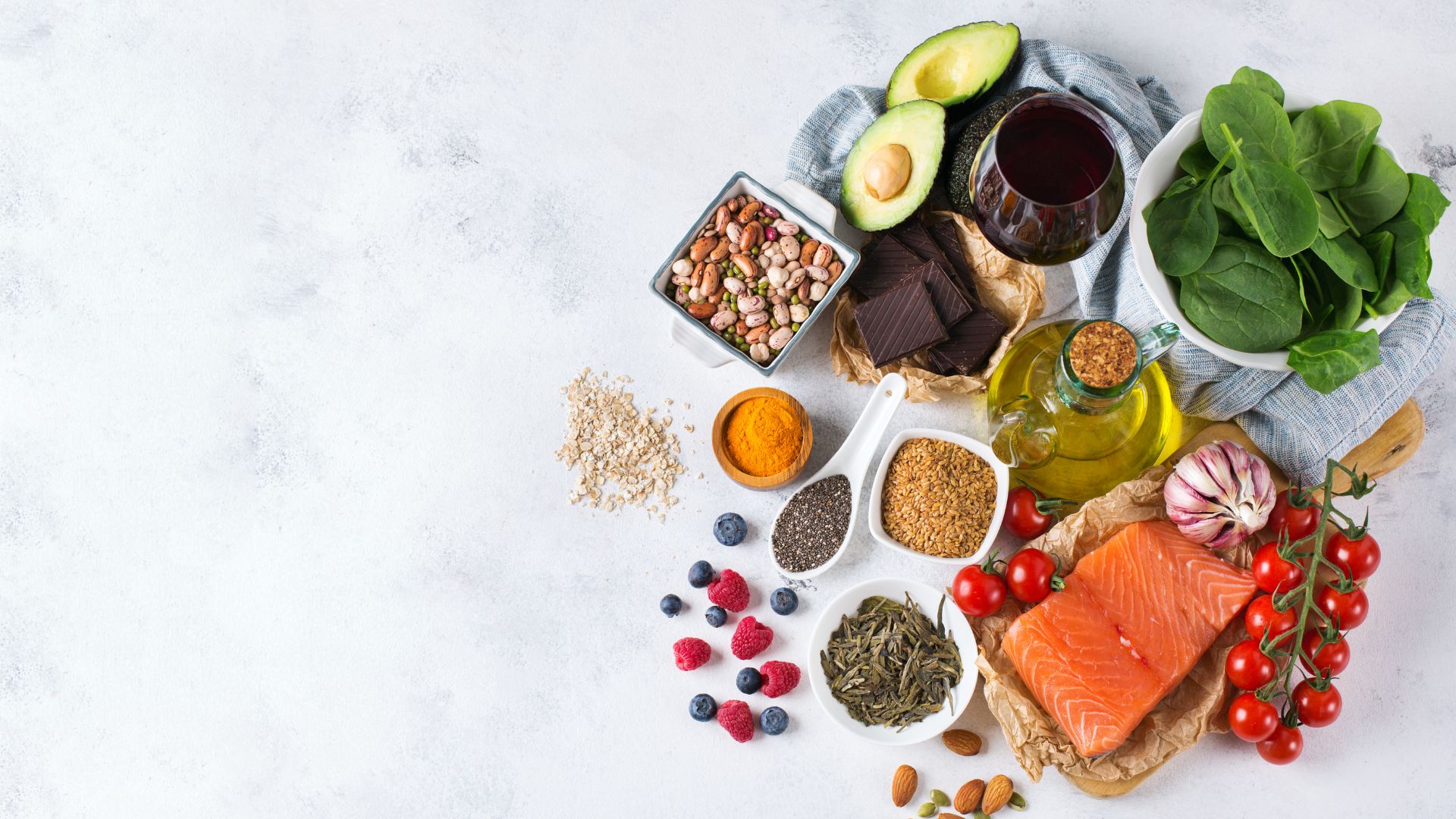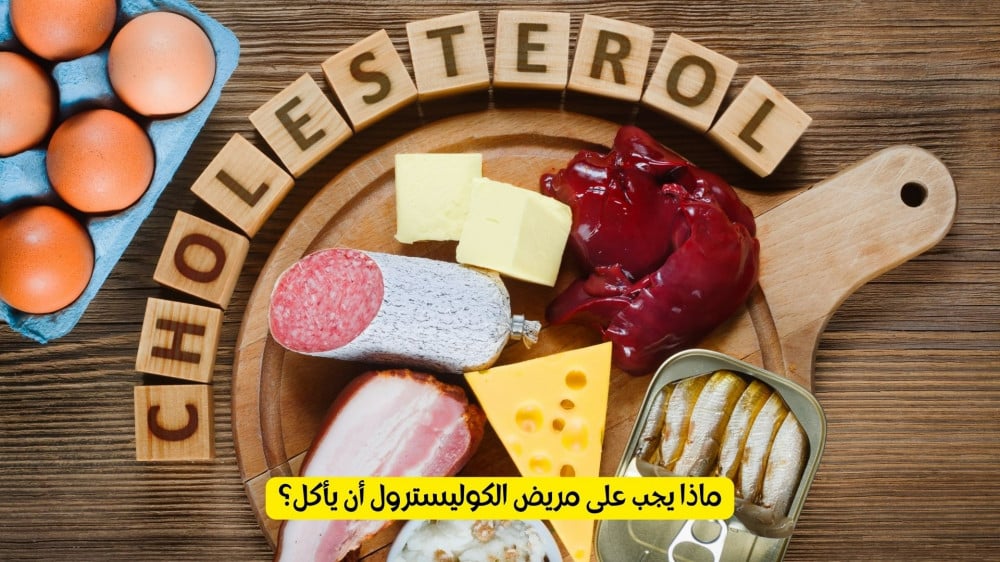What should a cholesterol patient eat?
Cholesterol is a waxy, fatty substance that is naturally produced by the liver and found in the blood. Cholesterol is used for many different things in the body, but it can become a problem when there is too much of it in the blood.
High levels of cholesterol in the blood also result primarily from eating foods that are not part of a heart-healthy eating pattern. By following a heart-healthy eating pattern, you will eat in a way that is naturally low in unhealthy fats and high in healthy fats.
Types of cholesterol
The two main types of cholesterol are:
Low-density lipoprotein (LDL) – also known as “bad” cholesterol because it can increase the buildup of plaques (fatty deposits) in the arteries and increase the risk of coronary heart disease.
High-density lipoprotein (HDL) – also known as the “good” cholesterol because it can help protect you from coronary heart disease.
How is cholesterol measured?
Most people with high cholesterol felt healthy and often had no symptoms.
Visit your doctor or nutritionist to help you find out your cholesterol level (through a blood test) and to know what to do if your bad cholesterol levels are high.
For people aged 45 and over, you can have your cholesterol checked as part of a heart health check-up with your GP.
What causes high cholesterol?
Some causes of high cholesterol include:
Eating large amounts of foods containing unhealthy fats (saturated fats and trans fats) – such as fatty meats, prepared meats, butter, cream, ice cream, coconut oil, palm oil, most fried prepared foods, and commercially baked products (such as pies, biscuits, cakes, and pastries).
Eat small amounts of foods that contain healthy fats – Healthy fats tend to increase good cholesterol (HDL). Foods that contain healthy fats include avocados, nuts, seeds, olives, cooking oils made from plants or seeds, and fish.
Eat small amounts of foods that contain fiber – Foods high in dietary fiber, especially soluble fiber, can reduce the amount of bad cholesterol (LDL) in the blood. Include fiber foods in your diet by choosing vegetables, fruits, whole grains, legumes, nuts and seeds every day.
Low levels of physical activity and exercise.
Being overweight or obese and having a lot of body fat around the midsection.
Smoking can lead to high cholesterol levels.
Genetics – Your family history may affect your cholesterol level. In some families, several people may be diagnosed with high cholesterol or heart disease at a relatively young age (men under 55 years old, women under 65 years old). This type of pattern can be caused by genetics, including a genetic condition called familial hypercholesterolemia. It is best to speak to your doctor as soon as possible if you think you may be affected.
Drinking too much alcohol can increase cholesterol and triglyceride levels. Certain medical conditions can cause high blood cholesterol levels, including kidney and liver disease and hypothyroidism (hypothyroidism). People with type 2 diabetes and high blood pressure often have high cholesterol. Some types of medications that you take to treat other health problems can increase cholesterol levels in the blood.
What is the TLC diet (Mediterranean diet)?
The TLC Diet is part of the Therapeutic Lifestyle Changes (TLC) program. This is a three-part program aimed at lowering blood cholesterol through diet, physical activity and weight management. The US National Institutes of Health created this program in 1985, and some people still follow it today.
But there is a problem. This diet is very low in total fat and very high in carbohydrates, as the latest research has shown. Therefore, it may raise your blood sugar and triglyceride levels, especially if you are not eating the healthy type of carbohydrates.
Nutritionists instead recommend the Mediterranean diet as a heart-healthy eating plan. This plan may also help you manage your cholesterol levels while supporting many other aspects of your health. If you follow the Mediterranean diet.
The Mediterranean system includes:
Make your meals include vegetarian foods. These include fruits, vegetables, whole grains and beans.
Eat moderate amounts of fish, lean poultry, seafood, eggs, and dairy products.
Avoid red meat, fried foods, sweets, and anything made with white flour.
The key is to monitor the types of fats you eat.
The Mediterranean diet reduces your intake of saturated fats and trans fats, which can make a big difference in your LDL levels. It replaces those fats with healthy fats that support your overall heart health. Research shows that this diet can reduce the risk of cardiovascular disease.
Some food ideas for cholesterol patients
Here are some ideas for a healthy breakfast for cholesterol patients:

1. Egg whites with spinach
Eggs contain a high percentage of cholesterol, while egg whites are almost cholesterol-free and full of protein.
It can simply be cooked with spinach for fiber and a little olive or canola oil to improve blood cholesterol levels.
2. Oatmeal
One cup of oatmeal contains approximately 5 grams of soluble fiber, which stimulates the digestive system and helps remove cholesterol.
You can prepare a nutritious breakfast using it by adding it to milk and fruits such as strawberries, raspberries, apples, and pears.
3. Whey protein supplements
Whey protein supplements can help lower cholesterol and triglyceride levels in the blood.
It can be prepared by mixing appropriate amounts of low-fat yogurt, berries, ice, and vanilla whey protein.
4. Almonds
Almonds are rich in healthy fats, vitamins, fibre, and magnesium, and eating them on a daily basis helps in lowering cholesterol levels effectively.
To add it to the diet, you can eat a handful of almonds, add it to oatmeal, or drink almond milk.
5. Orange juice
Oranges are an excellent source of vitamin C and sterols, which effectively reduce harmful cholesterol.
6. Green pineapple juice
This juice is rich in all the nutrients that contribute to lowering cholesterol levels in the blood.
It is prepared by blending yogurt, banana, pineapple, and spinach in a blender to obtain a smooth smoothie, then adding a few chia seeds to enhance the benefits.
7. Toast with avocado
This is another light option for cholesterol patients. Avocados lower cholesterol levels in obese people and raise good cholesterol levels, making it able to lower the risk of heart disease and strokes.
All you have to do is toast the bread and spread it with mashed avocado with a sprinkle of sesame and chia seeds. It can be eaten with fried or boiled eggs.
Foods to avoid for cholesterol patients
In addition to eating a healthy breakfast for cholesterol patients, the following foods should be avoided:
1. Salt
Eating too much salt raises blood pressure levels, which negatively affects health as a whole.
Foods containing high levels of salt include the following:
· Light salty crackers.
Canned soup.
· bacon.
· the bread.
· the pizza.
· Cold meats.
· Chicken sandwiches.
· Fast food.
· Frozen foods.
2. Trans fats
Trans fats are harmful to the body in general, and can be found in certain types of margarine, pastries, and cookies.
3. Sugar
Too much sugar not only leads to weight problems, it also raises the risk of diabetes, heart disease, and cholesterol, so the following foods should be eaten with caution:
· Cakes.
· Soda.
· Tea.
· Ice cream.
· Dessert.
· Biscuits.
· Ketchup.
· Spaghetti sauce.
· Prepared foods.
References:
Ø https://www.betterhealth.vic.gov.au/health/conditionsandtreatments/cholesterol-healthy-eating-tips
Ø https://my.clevelandclinic.org/health/articles/16867-cholesterol--nutrition-tlc
Ø https://www.eatingwell.com/article/7836633/high-cholesterol-diet-plan-for-beginners/

